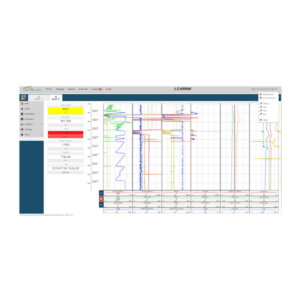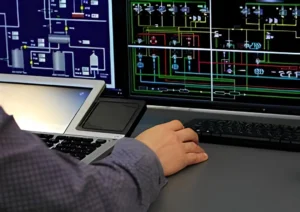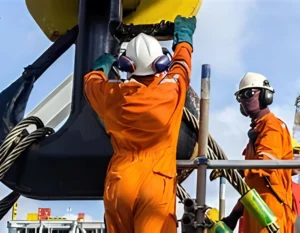Real-Time Operating Centers
A Real-Time Operating Center (RTOC) for drilling rigs is an advanced facility designed to monitor and support drilling operations remotely. Here are the key aspects of an RTOC:
Real-Time Monitoring:
- The RTOC continuously monitors drilling operations using real-time data from the rig. This includes parameters like pressure, temperature, and drilling speed, allowing for immediate detection of any anomalies.


Expert Support:
- The center is staffed by experienced drilling engineers and specialists who provide around-the-clock support. They analyze the data and offer guidance to optimize drilling performance and address any issues that arise.
Data Integration:
- RTOCs integrate data from various sources, such as sensors, logging tools, and control systems, to provide a comprehensive view of the drilling process. This helps in making informed decisions and improving operational efficiency.


Remote Troubleshooting:
- By analyzing real-time data, experts at the RTOC can troubleshoot problems remotely, reducing the need for on-site interventions and minimizing downtime.
Safety and Efficiency:
- The RTOC enhances safety by providing early warnings of potential hazards and ensuring that operations are conducted within safe parameters. It also improves efficiency by optimizing drilling parameters and reducing non-productive time.


Collaboration:
- The RTOC facilitates collaboration between on-site personnel and remote experts, ensuring that the best practices and lessons learned are shared and implemented across different rigs.
Overall, an RTOC plays a crucial role in enhancing the safety, efficiency, and effectiveness of drilling operations by leveraging real-time data and expert analysis.
